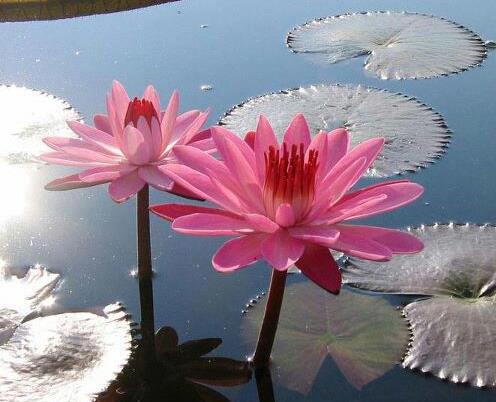
A guru shows the path of enlightenment to seekers. Gu denotes darkness (ignorance) and ru denotes the removal of that darkness. The word guru has two other meanings. In the first one, gu signifies guna titha (one who has transcended the three gunas) and ru signifies the formless aspect (one who has grasped that). Gu means heavy or weighty, signifying the weight of the guru’s wisdom, which can benefit others. The guru is both a formal teacher and a spiritual preceptor. He or She is a storehouse of spiritual energy, which he can transmit to other. The guru helps the aspirant to purify themselves so that their inner Self can shine forth.
Dakshina in the Vedic culture is the term for the recompense paid by the sacrificer for the services of a priest, originally consisting of a cow. These days it may be service, cash and food items. Dakshina is personified as a goddess along with Brahmanaspati, Indra and Soma in Rig Veda 1.18.5 and Rig Veda 10.103.8, and Rig Veda 10.107. Srila Vyasadeva is the Complier of the Vedic Shastras.
In our modern school system, the role of a teacher is more about imparting knowledge of various subjects like Mathematics, Science, English, etc, to students. However, in ancient India, a teacher or a guru was a spiritually evolved guide. Along with the knowledge of various subjects, he also taught his students how to live a disciplined and principled life. A guru was the spiritual guiding force in the life of his students. In fact, as per the ancient Hindu tradition, one had to live life in four stages known as ashrams.
Considering that a man can live for a 100 years, each stage was divided into a span of 25 years. The first stage or ashram was Brahmacharya, spanning the first 25 years of a person’s life. During this time, a man lived in the house of his guru. The next stage was Grihasta, which was to be lived as a married man and householder. This was followed by Vanaprastha, which comprised of performing penance in a forest. The final one was
Sannyasa, in which a man lived as an ascetic.
It’s the life of Brahmacharya that is most closely connected with the concept of Guru Dakshina. In ancient times, a student lived the first 25 years in the house of his guru, which was called Gurukula. A beautiful thing about Gurukula was that all students resided together as equals irrespective of their social standing. The students learned from the guru and also helped him in his day-to-day life like his own children. It was at the conclusion of this formal education that one was required to repay his guru through a Dakshina.
The Indian tradition of guru Dakshina was meant to serve as a way of showing respect, acknowledgment, and thanks to the guru, particularly after a period of study or the completion of formal education. It is a form of reciprocity and exchange between student and teacher. The repayment is not exclusively monetary and may be a special task the teacher wants the student to accomplish.
However, the guru often received a valuable gift or donations from the pupil and his family as his guru Dakshina. The life style of Indians has changed drastically over the years, yet the reverence and respect payed to the teacher is still as it was thousands of years back.